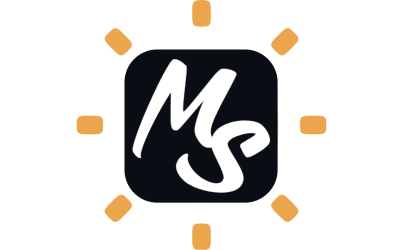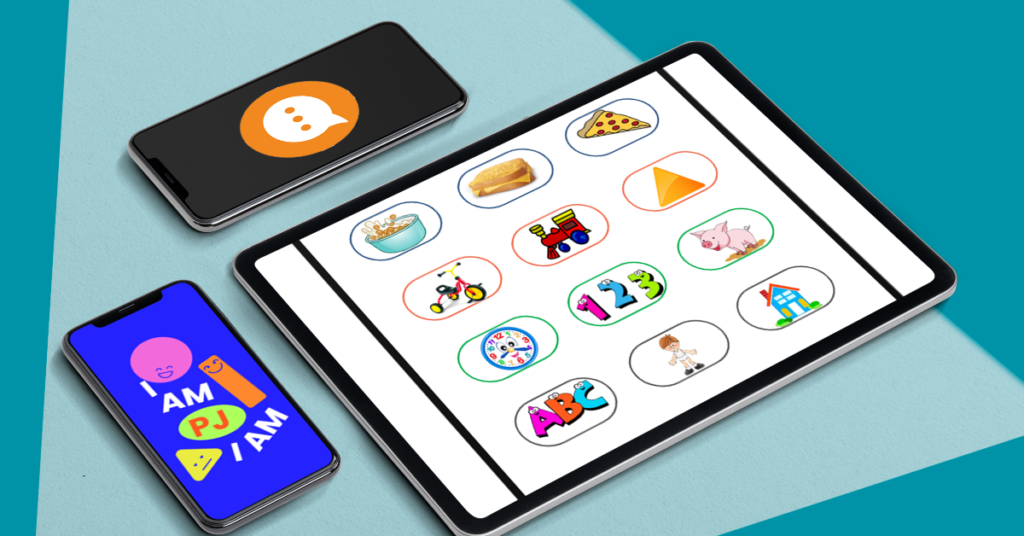
PJ Talk: Speech Communication Board
Communication between someone who’s nonverbal and someone who uses spoken language can be difficult.
This customized communication board named “PJ Talk” was created for a 3-year-old down syndrome boy who did not show much enthusiasm to use AAC (Augmentative and Alternative Communication) devices for his speech development. It was developed to help him express his immediate needs and preferences.
Some key differences between AAC devices and PJ Talk include:
Target audience: AAC devices are tools that are used to help individuals with speech impairments or language disorders communicate more effectively. These are typically designed for a wider range of individuals with speech impairments or language disorders, while PJ Talk is an online platform that is specifically designed for children with special needs who are working on developing their speech.
Features and capabilities: AAC devices can range from simple picture boards to more advanced electronic devices that use synthesized speech or text-to-speech technology. PJ Talk includes a range of communication options, including text, images, and video clips, and allows users to create custom boards that are tailored to the specific needs and abilities of each child.
Delivery platform: AAC devices can take many different forms, including electronic devices, picture boards, and more. PJ Talk is an online platform, which allows for real-time communication and collaboration with caregivers and other individuals who may be assisting with the child’s communication.
PJ Talk features high-frequency/core words specific to this user as well as user-friendly images, videos, and voices to help him access this board more effectively and efficiently.
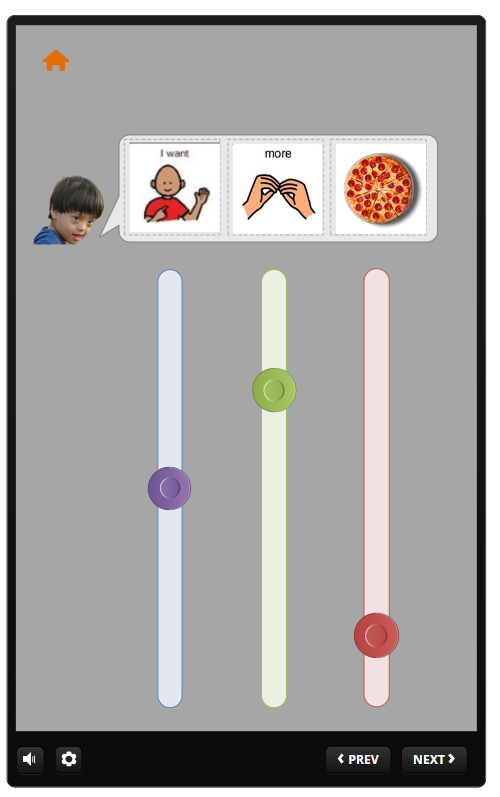
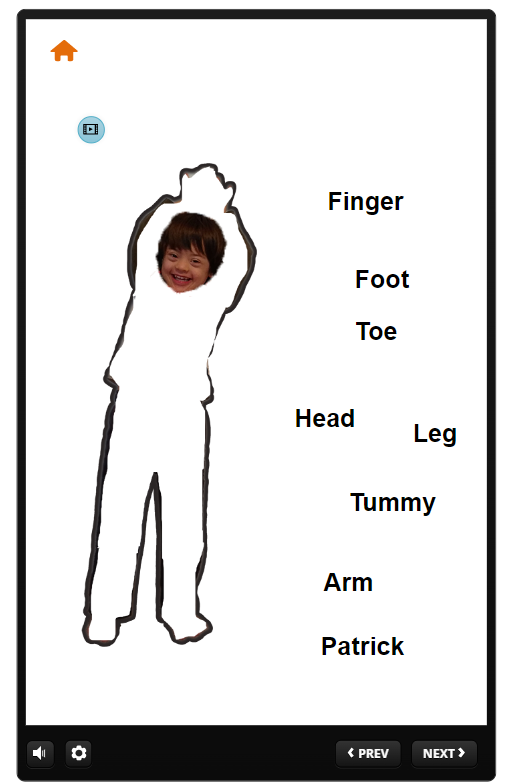
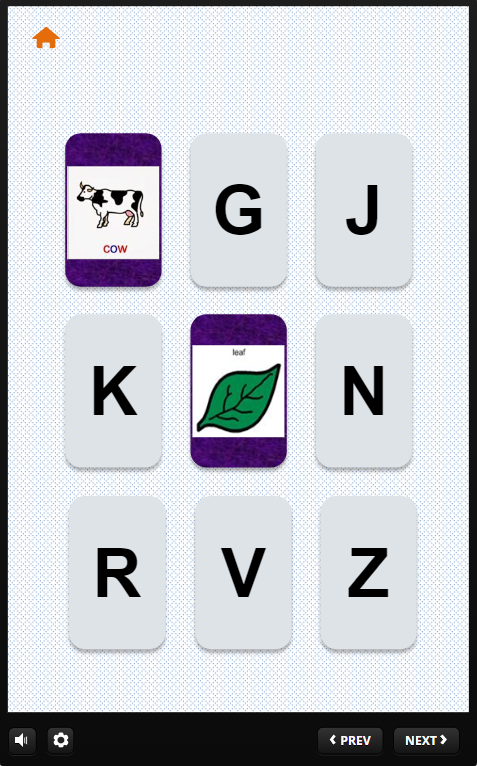
User’s core words and user-friendly image
The PJ Talk platform includes the ability to use recorded voiceovers from the user’s mother and brother for the platform’s words, phrases, and sentences. Using familiar voices as recorded voiceovers can help to make the platform more engaging and meaningful for the user, as it allows the user to hear the voices of loved ones and connect with them more directly. This can be particularly important for children with special needs, who may have limited ability to communicate and connect with others in traditional ways.
The PJ Talk platform includes the ability to use the user’s favorite images and video clips as part of the communication process, which can be a very useful feature for helping this user with special needs to associate his real-life experiences and learning. For example, if a child is learning to express the phrase “I like running,” the platform allows him to choose an image of a person running, and when he clicks on this image, his favorite YouTube video about running plays. This can help to make the communication process more interactive and engaging for the child, and may also help to reinforce the meaning of the words and phrases that the child is learning.
I created an app for the platform that allows the user to access the PJ Talk platform even when an internet connection is not available, making it possible to use the app anytime and anywhere. This is a particularly useful feature for the child user of the app, as the child was not only too young but also has a developmental delay that makes it difficult for him to open a web browser or find the platform within a browser. The app allows the child to access the communication board independently, without needing to rely on a caregiver to open the board’s webpage in a browser.
Over the three years that the user has been using the communication board, which currently stands at version 3.1, it has been updated with new words and resources to keep up with his changing needs as he develops. This is an important consideration, as children with special needs may have ongoing communication needs that change over time. By updating the communication board to reflect these changing needs, I can help to ensure that the tool remains relevant and useful for the user.
Using the user’s brother’s voice and his favorite video clip
The child using PJ Talk on a mobile phone
The communication board was developed using Articulate Storyline 360, and an android app was created using Adobe PhoneGap Build (which has since been discontinued). These are both software tools that are commonly used for creating interactive e-learning courses and mobile apps, respectively. By using these tools, I was able to create a powerful and engaging communication tool that can be used on a variety of devices.
